5. Wake in Fright
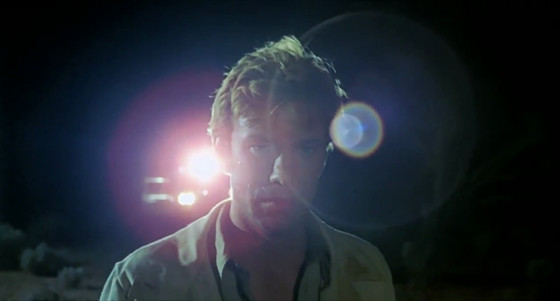
Australia likes to think of its self as the lucky country, as a carefree country that enjoys barbecues and relaxing at the beach. Australians also often like to pretend that they are egalitarian with concepts like mateship and ‘a fair go’—as well as innovative adoptions of the eight-hour day in parts of Australia for some laboring professions during the 1850s.
Ted Kotcheff’s Wake in Fright reveals how Australian egalitarianism is often connected to authoritarianism. Wake in Fright is a horror film not only set in but about Australia, without featuring deadly animals. It is a horror movie where no murder occurs unless we count a horrific scene where we see kangaroos hunted and shot by locals.
The film follows a school teacher sent out to a remote community as part of a teaching bond where he must teach school children in areas decided by the government. Having to go to a mining town in order to travel back to Sydney, the teacher, John Grant, goes to a local bar. When he voices his resentments to the town’s police officer, the officer replies that those in charge know what they’re doing.
John gets stranded after losing his pay after gambling, and is forced to mingle among people whose lives are often violent and exhausted amid awful heat. But the film also shows some of the decency associated with Australia as the officer helps John return to Sydney and Wake in Fright evokes a genuine sympathy for the plights of those living tough, lonely lives.
The film’s director, Kotcheff, commented in an interview that when he visit bars in a mining town, someone offered to have a fist fight with him and even said he would let Kotcheff throw the first punch. Kotcheff came to hypothesize that those living in the town were so desperate for human contact and so inhibited by masculinist codes that the only human touch they were allowed to receive was one of actual physical force.
Kotcheff, a Canadian director, was able to present one of the most sophisticated portrayals of the power dynamics in Australian society. It is a great film capturing a sense of white Australians struggling on an arid continent where they don’t belong.
For an Australian film that conveys the natural landscapes of Australia rather differently, one cannot miss the masterpiece Ten Canoes which draws on oral traditions of Aboriginal culture to tell a humorous, unforgettable tale. Perhaps one of the greatest films ever made and probably the best made in Australia, Ten Canoes enjoys a 98% approval rating on Rotten Tomatoes.
4. Alice
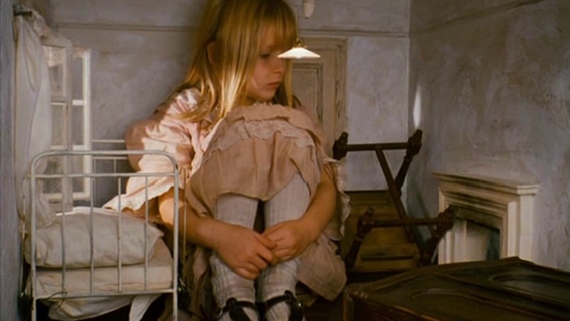
Jan Švankmajer’s film is one of the most unsettling works of art ever made and conveys not only the latent horror of Alice in Wonderland but creates a new horror through its menacingly muted use of color. Made by a director who experienced a communist regime, it is understandable that fantasy does not exactly have a wholly positive connotation.
The cinematographic colors are dull and although not exactly a parable for Soviet life, there is a sense of decay amid fantasy and the unnatural, as we witness a reanimated white rabbit lead Alice along a disturbing path.
3. Ali: Fear Eats the Soul
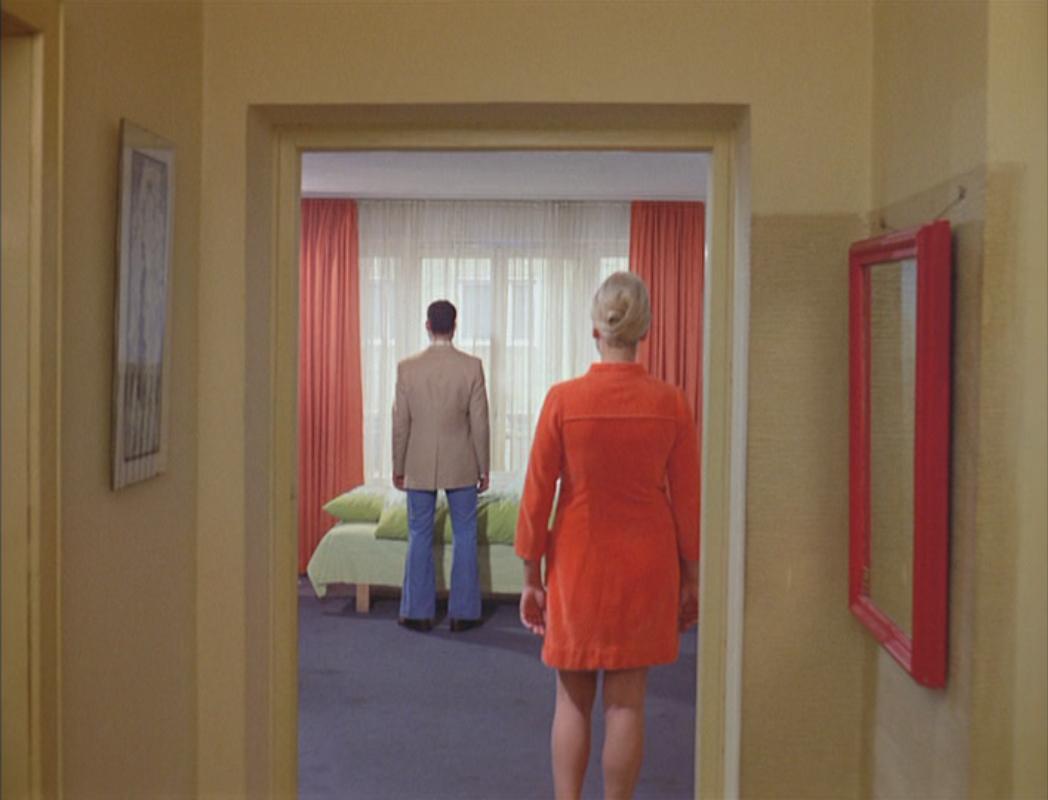
Rainer Werner Fassbinder’s masterpiece Ali: Fear Eats the Soul concerns a lady, Emmi in her sixties who falls for a Moroccan worker, Ali, in his thirties. Their relationship is one that neither Ali’s friends nor Emmi’s friends understand. Social pressures affect their relationship and Emmi comes to objectify Ali and Ali starts cheating on her. Nevertheless, their relationship survives.
Ali: Fear Eats the Soul is a truly great exploration of love and decency but also cruelty and vanity, miscommunication, ageism, alienation, racism and social hierarchy. There is a sense of intimacy and humanity but also a strong political critique about workers in Germany are treated differently if from a foreign background. Ali states that the Germans still frame themselves as the master race. Amid concerns of refugees, social justice and rising racism, this film is particularly relevant today.
2. Stalker
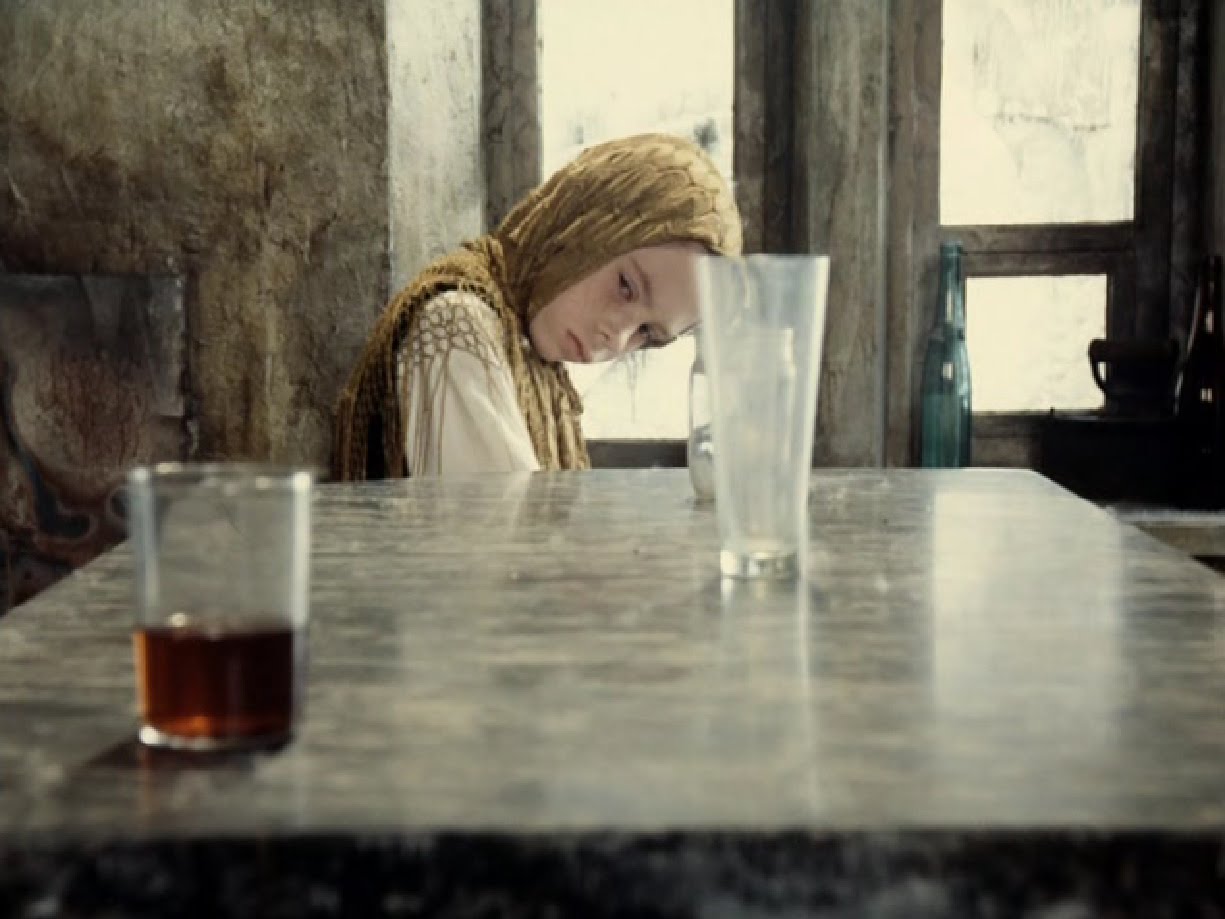
Andrei Tarkovsky’s Stalker concerns a desperate figure who explores a forbidden area known as the zone. A professor and a writer wish to explore the zone which is believed to defy natural laws, and so employ a guide referred to as a stalker.
By the end of the film, we learn that the guide appears to have deceived the travellers about the magical area known as the zone, admitting that the belief in the powers of the zone fills his life with meaning. Nevertheless, there are intimations of a spiritual or alien force through the film. Beautifully photographed and atmospheric, this film may be Tarkovsky’s greatest work.
1. Jeanne Dielman, 23 Commerce Quay, 1080 Brussels
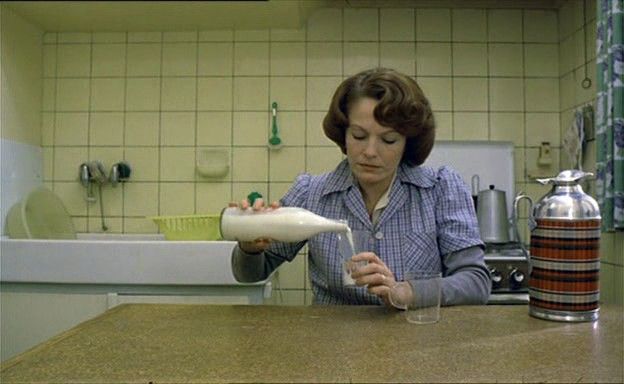
The great Chantal Akerman creates a film that analyses oppression and repression on a gendered level while cooly but sensitively capturing the simmering tensions beneath modern life. In this respect, the film may remind some viewers of Haneke’s movies, but with the exception of Cache, is much more subtle. It is one of the most pared-down character studies you will ever find, but also the best.
Following a woman who works as a sex worker but lives what appears to be a conventional life, looking after her son and making meals, the film imparts equal meaning to all of her daily activities, thereby de-sensationalizing her sex work.
Analysing the strictures of gender in relation to modern routine, this film is remarkable in its transformation of chores into narrative form. Hitchcock once said that drama was life with all the boring parts cut out, but Akerman—one of the greatest directors who ever lived—proves that there is much that is interesting even about the boring parts of life, especially in her framing of the eponymous protagonist.